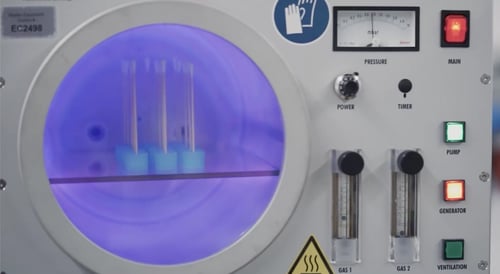Nanotechnology fabrics are textiles manufactured to have special qualities like hydrophobicity and high durability. These characteristics are created by weaving nanofibers that have certain properties and by adding nanoparticles that can provide traits such as bacteria resistance and the “lotus plant” effect, which creates dirt and water resistance.
Nanotechnology fabrics are a relatively new and expanding field. They have applications in bioengineering, electrical engineering and computer science. They also have the possibility to completely transform the textile industry.
Nanotechnology Fabric Processes
Nanotechnology fabrics can be produced using a number of different procedures. One of these processes is called Sol-gel and it immerses fabrics in a gel solution to deposit nanoparticles into the material. Another process uses plasma to create
nanotechnology fabrics. Plasma creates radical sites on the fabric and can be used to insert nanoparticles onto the surface as well. Some important and useful applications for
nanotechnology fabrics include wrinkle and stain resistant clothing and antimicrobial clothing for hospitals. These effects can be produced on fabrics using Thierry plasma systems with a fast and effective microwave plasma process.

